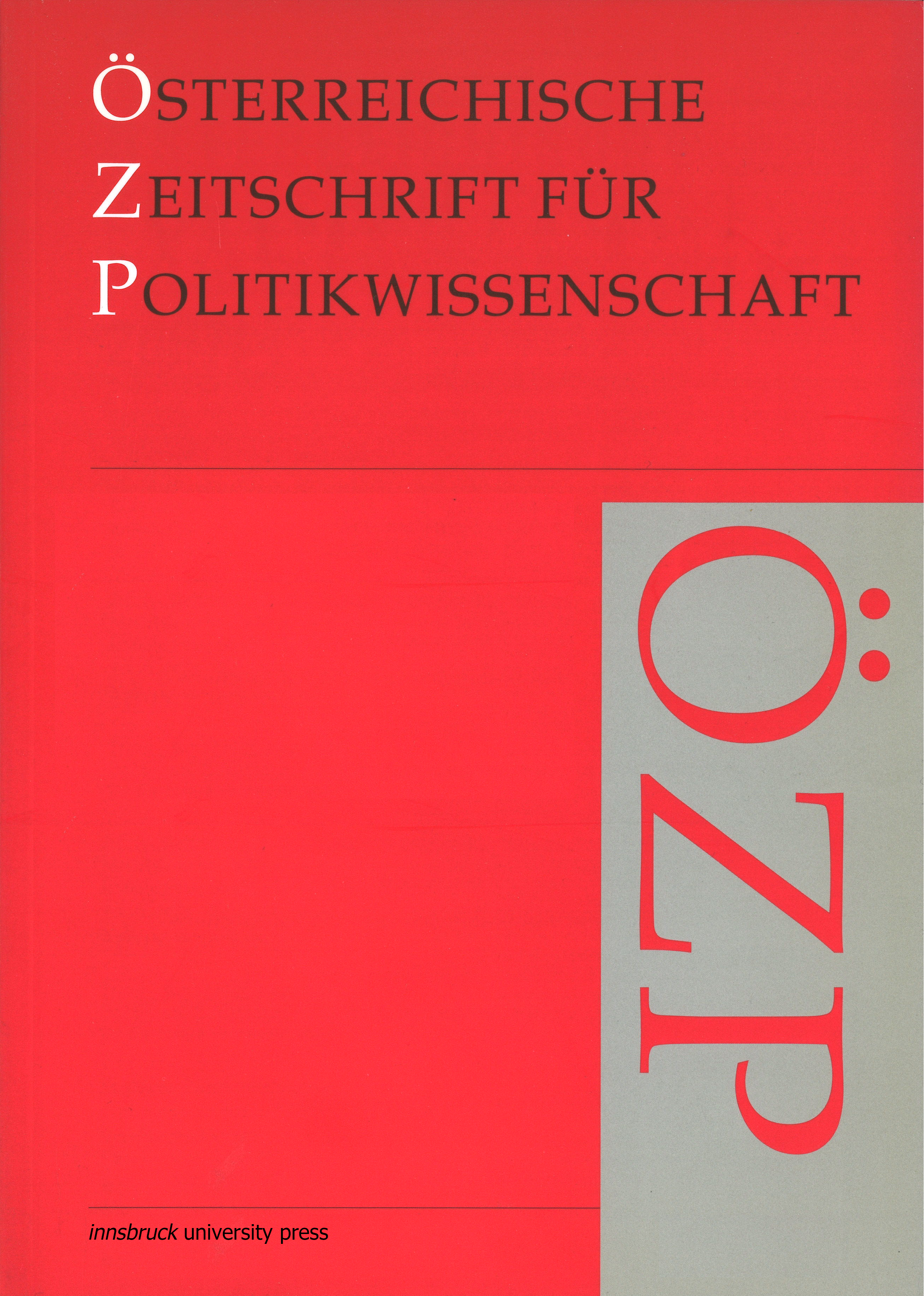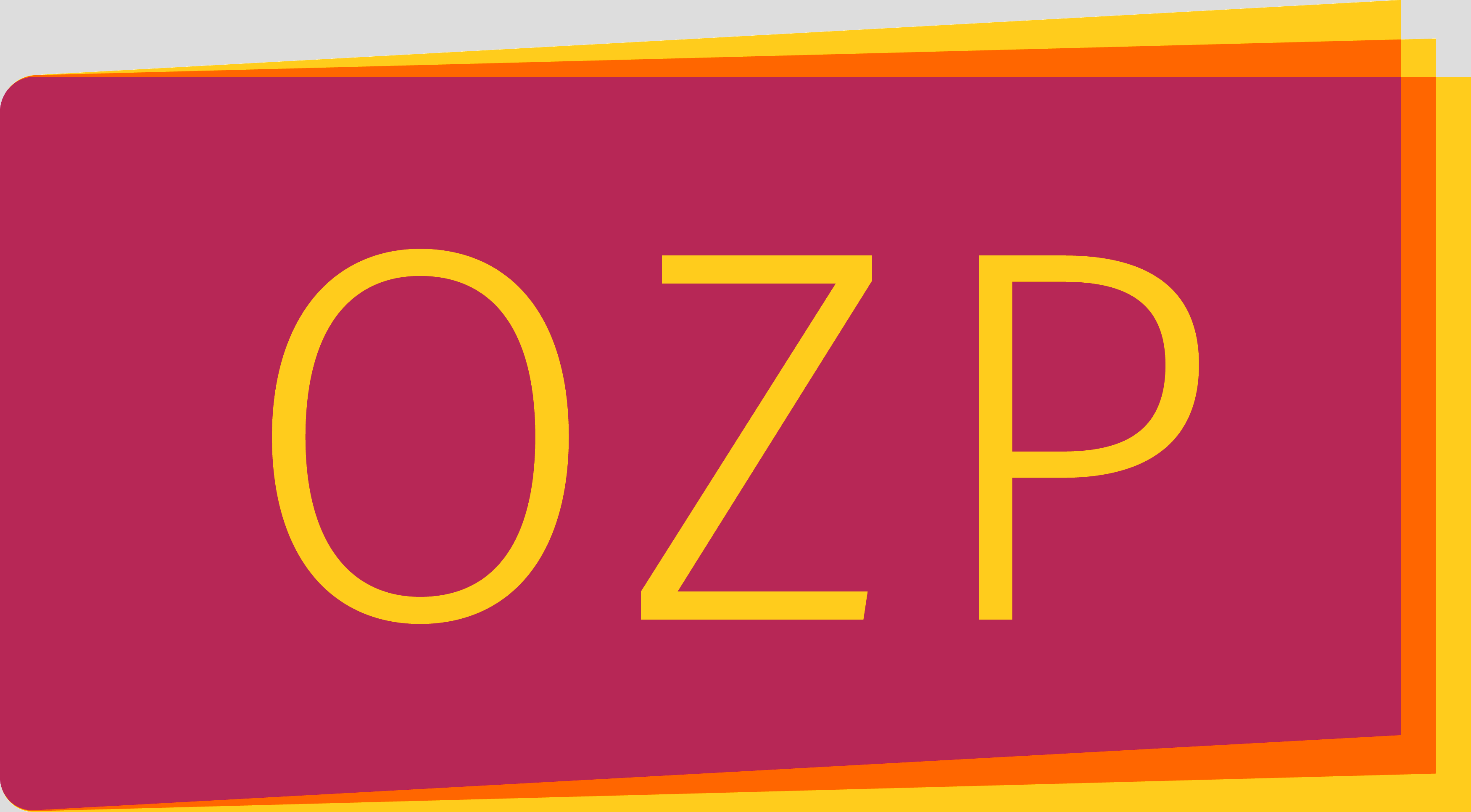Conflict and co-operation on Polish borders: the example of the Polish-German, Polish-Ukrainian and Polish-Russian border regions
DOI:
https://doi.org/10.15203/ozp.92.vol42iss1Schlagwörter:
Polish-German border, Polish eastern border, border regime, perceptions of border (Deutsch-Polnische Grenze, Ostgrenze Polens, Grenzregime, Wahrnehmung von Grenzen)Abstract
Using the example of the Polish border, the article will examine the phenomenon of borders and border regions in connection with neighbourhood relations from the end of the Second World War until 2011. At what point does a border become a border region? How did neighbourhood relations develop in the course of Polish history? How far have the respective neighbours progressed in overcoming prejudice and stereotypes? These questions will be discussed within the context of Poland’s western border with Germany and her eastern borders with Russia and Ukraine.
The article analyses different perceptions of the Polish western and eastern border regions by its inhabitants. How did the perceptions of the border change in the periods of a closed and open border? How did popular narratives of the border and border region develop amidst the contexts of the Cold War and the end of Communism?
Downloads
Veröffentlicht
Ausgabe
Rubrik
Lizenz
The OZP is the authorized publication of the Österreichische Gesellschaft für Politikwissenschaft (ÖGPW, Austrian Political Science Association)
The author of an article (in case of multiple authors: the corresponding author, responsible for releasing this material on behalf of any and all co-authors) accepted to be published in the OZP hereby acknowledges the following Copyright Notice:
- The author retains the copyright to the article.
- It is the responsibility of the author, not of the OZP, to obtain permission to use any previously published and/or copyrighted material.
- Publication of a submitted text is dependent on positive results from the peer reviewing. In such a case, the OZP editors have the right to publish the text.
- In case of publication, the article will be assigned a DOI (digital object identifier) number.
- The author agrees to abide by an open access Creative Commons Attribution (CC BY-SA) license. The license permits any user to download, print out, extract, reuse, archive, and distribute the article under the same license, as long as appropriate credit is given to the author and source.
- The license ensures that the author’s article will be available as widely as possible and that the article can be included in any scientific archive. In order to facilitate distribution, the author agrees that the article, once published, will be submitted to various abstracting, indexing and archiving services as selected by the OZP.
- In addition, the author is encouraged to self-archive the article, once published, with reference to the place of the first publication.
- After the contribution appears in the OZP, it is still possible to publish it elsewhere with reference to the place of the first publication.
- The finished article, if published, will include a correspondence address (both postal and email) of the author.
- If written under the auspices of a grant from one or more funding agencies, such as FWF (Austrian Science Fund), ERC (European Research Council), and Horizon 2020 (EU Framework Programme), an article accepted for publication has to be deposited in an Open Access archive. The OZP’s archiving policy is compliant with these provisions. (In case the article derives on funding from a different source, the author is responsible to check compliance of provisions.)




